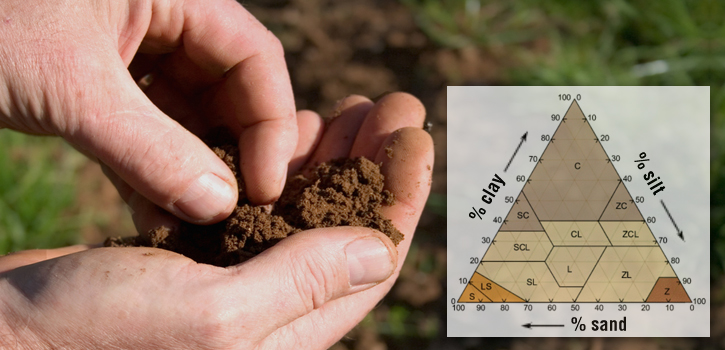Sorting out soils

Examine the physical and chemical characteristics of soil.
Background and nature of the task
This activity is one of five activities that form part of a virtual environmental field trip to the River Teign in the county of Devon, South West England. The activities can be studied separately or together. Further information can be found in the file at the bottom of this description.
The soils of the Teign catchment, like soils everywhere, are the result of climate, life, water and geology interacting together. In this activity, on the Dunsford floodplain, you will examine both the physical and chemical characteristics of soil, and set some hypotheses for why soils can differ dramatically over fairly short distances. You will then consider how soils develop vertically from the surface to deep in the ground at Yarner Wood. Finally, by comparing soils in a number of ecosystems in the Teign catchment, you will gain some insight into the important factors that control the physical and chemical differences in these soils, and begin to understand how that may feed back on the life these soils support.
When you have completed this activity, you should be able to:
- appreciate that soils are not all uniform! Different soils have different properties such as texture and chemistry;
- appreciate that these differences can be due to physical factors (e.g. the action of river water sorting particles), geology (e.g. the composition of the bedrock), vegetation (e.g. on the organic layer), and combinations of these factors;
- appreciate that soils have a vertical structure.
Duration
This activity will take you approximately 2.5 hours to complete.